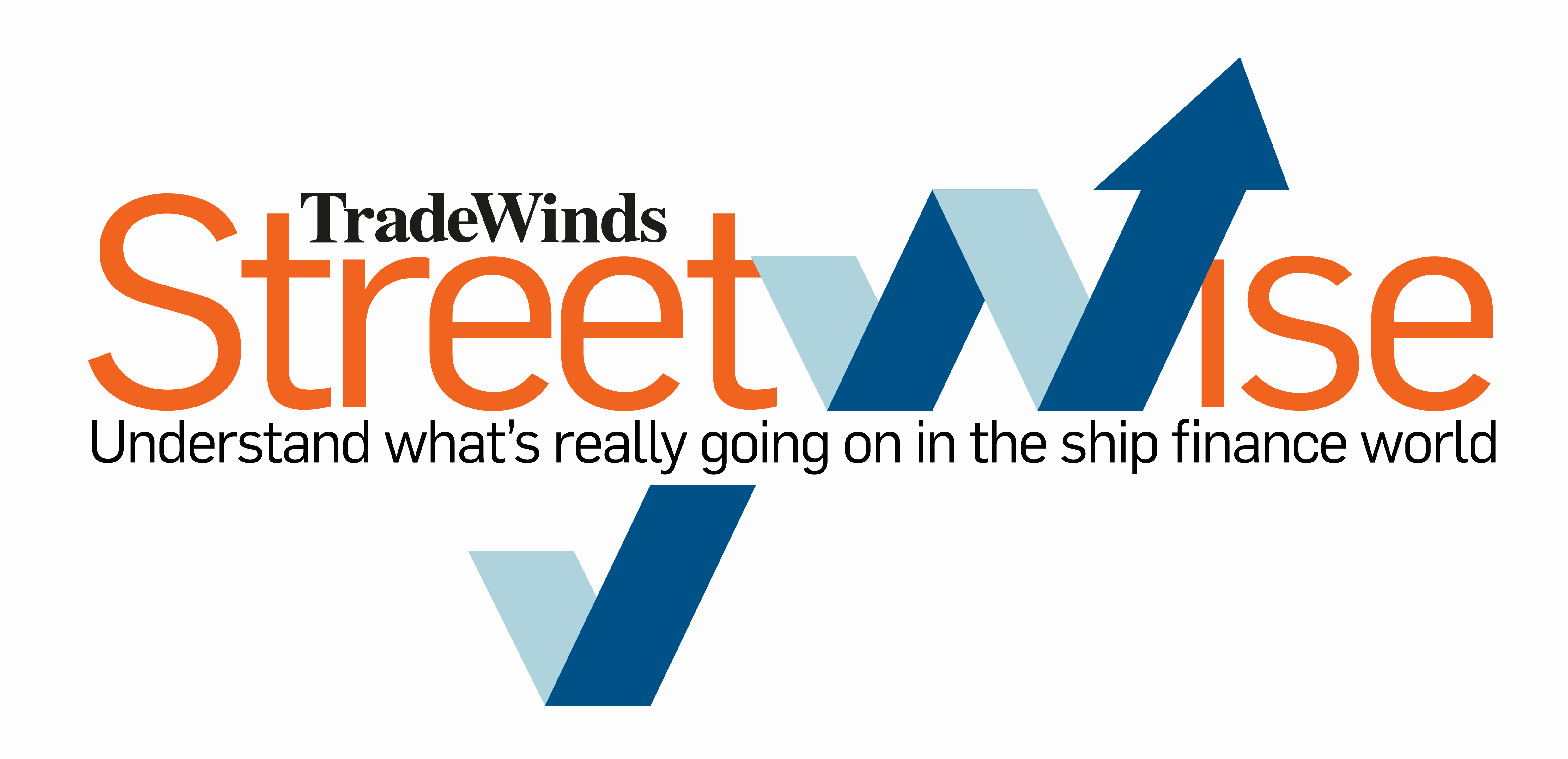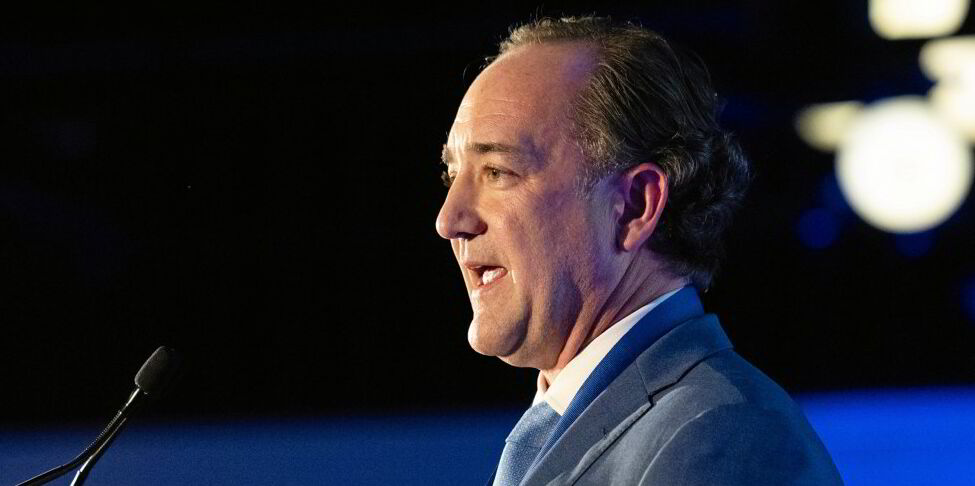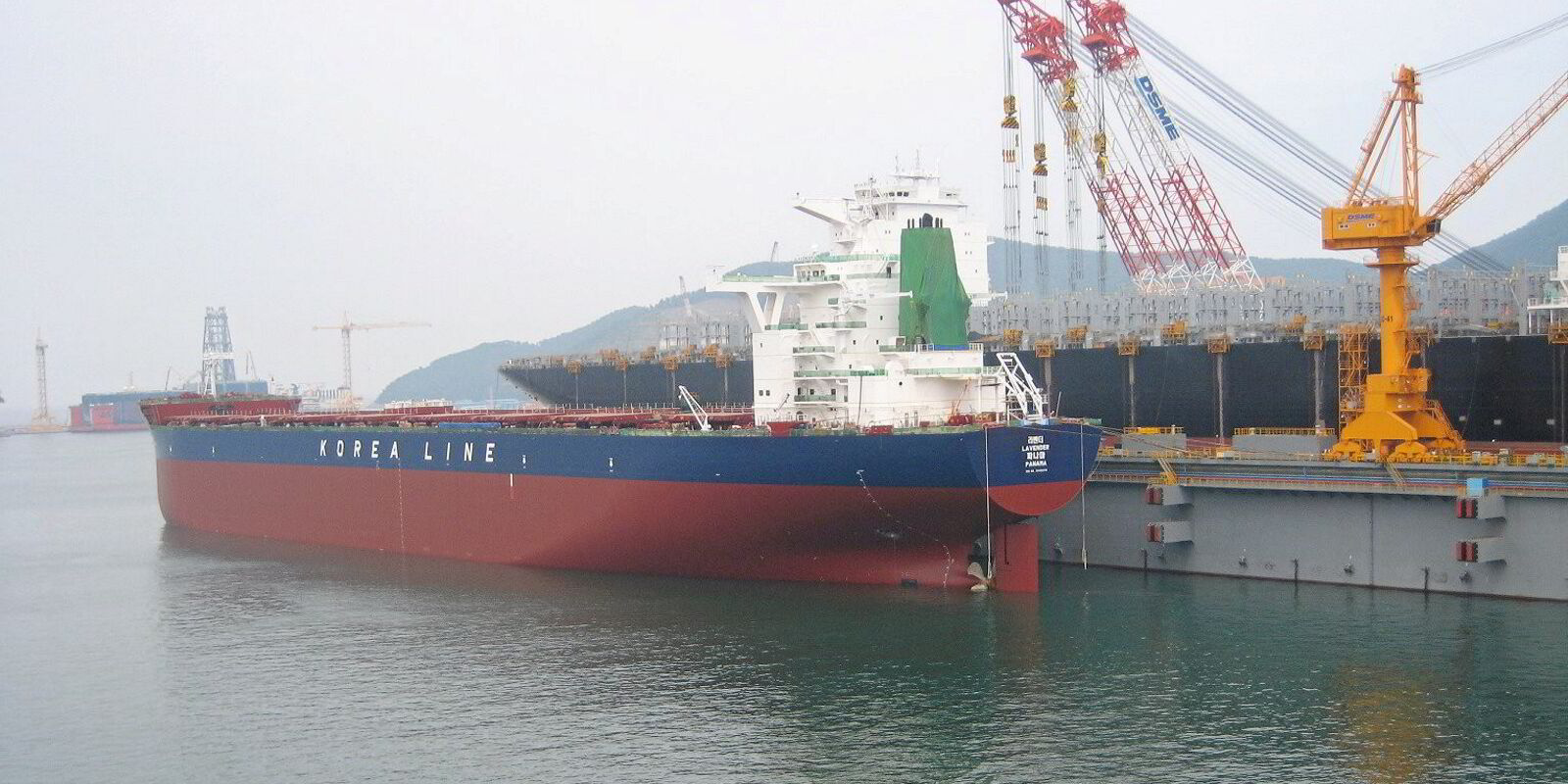A new dividend formula has New York-listed Genco Shipping & Trading set to disclose an enhanced payout when it reports quarterly earnings on 6 November, and one equity analyst is taking a stab at predicting the number.
Shipping researcher Chris Robertson of Deutsche Bank said the Manhattan-based company should pay a distribution of $0.48 per share for the third quarter under a new formula that excludes dry-docking expenses from the reserves set aside from cash eligible for dividends.
It is the first shareholder reward to be made by the John Wobensmith-led owner under the new formula, which was announced on 10 September. The dividend would represent a yield of 11.3% on an annualised basis.
Genco is estimated to have $11m in dry-dock expenses for the quarter, which equates to $0.25 per share.
The figure will vary quarter to quarter and was estimated to be about $0.16 per share for the last three months of the year.
While the higher payment will be welcome, the overall size of the variable dividend depends on Genco’s profitability for each quarter.
On that count, Robertson has slightly lowered his expectations, taking Genco’s profit for the period down to $0.54 per share from $0.55 based on adjustments to quarterly rates estimates.
Genco — which operates capesizes alongside smaller ultramaxes and supramaxes — previously reported spot earnings of $19,291 per day for 67% of its available booking days in the quarter.
Deutsche Bank is maintaining a $22 price target and a “buy” rating on the stock. The share was at $16.34 in morning trading on the New York Stock Exchange, down about 1% on the day.
Genco has distributed 20 consecutive quarterly dividends totalling about $5.91 per share. At the same time, it has pursued goals of fleet modernisation and cutting leverage, reducing debt by nearly 80% since 2021.
Genco’s voluntary reserve — funds kept outside the dividend pool — remains at $19.5m for the current quarter, but adjustments are within the discretion of the company’s directors.
Aside from dry-docking expenses, the cutout has been earmarked for purposes including fleet renewal and stock buybacks.
“This enhancement to our dividend formula reflects our belief that our low leverage will support larger dividends to shareholders,” Wobensmith said in announcing the change.
“At the same time, we continue to maintain significant financial strength to grow and renew our fleet and further improve our earnings power.”
In a broader assessment of the dry bulk market, Robertson called the trade “fairly robust” in the quarter past, buoyed by disruptions in key transit points like the Suez and Panama canals.
Steady demand for commodity imports from China despite the country’s macroeconomic weakness helped created a bifurcated market over the past three months, as average capesize rates climbed 7.25% on a time-charter equivalent basis, while ultramax rates cooled 9.2%.

Looking into 2025, Deutsche Bank maintains a “cautiously positive” outlook on the sector. Uncertainty hovers over the extent of further stimulus programmes from the Chinese government and the pace of impact from existing measures.
Robertson therefore expects 2025 to open with a traditionally weak first quarter for the dry trade.
However, the orderbook remains a positive, as even recent increases leave dry bulk the lowest of the major operating sectors for vessels under construction in proportion to overall fleet size.





